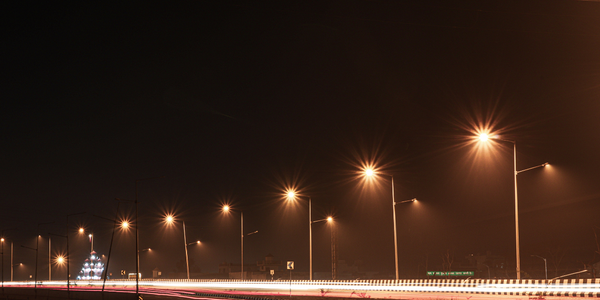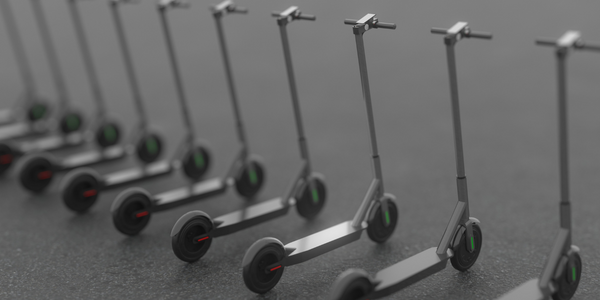
Technology Category
- Application Infrastructure & Middleware - Middleware, SDKs & Libraries
- Sensors - GPS
Applicable Industries
- Cities & Municipalities
- Transportation
Applicable Functions
- Logistics & Transportation
- Quality Assurance
Use Cases
- Autonomous Transport Systems
- Transportation Simulation
Services
- System Integration
- Testing & Certification
The Customer
Ryde Technology
About The Customer
Ryde Technology is one of Norway’s leading e-scooter-sharing providers. The company, which started as a five-person business, is now present in the six biggest Norwegian cities, operating over 20,000 devices. Ryde's goal is to help solve transportation issues in congested cities by providing a more sustainable and convenient way to travel the “last mile” and bridge public transportation gaps. The company places a strong emphasis on ride comfort and safety, with scooters equipped with sturdy wheels, a well-built frame, and an advanced double brake system.
The Challenge
Ryde Technology, a leading e-scooter-sharing provider in Norway, was facing challenges in ensuring a seamless and efficient service for its users. The company, which operates over 20,000 devices across six major Norwegian cities, needed a reliable solution to enable users to find a nearby vehicle and initiate a ride quickly and seamlessly. The company was also grappling with issues of scooter vandalism and SIM card misuse, which were adding to the company's operational costs. Furthermore, Ryde was looking to improve its production and supply chain processes, particularly in terms of quality assurance and rigorous testing of their scooters right from production. The company's previous provider was unable to meet these needs, leading to short outages where their devices were completely shut off from the network.
The Solution
Ryde turned to EMnify, a provider of IoT solutions, to address these challenges. EMnify's multi-network IoT SIM provided reliable service delivery and simplified deployment in new markets. The IoT unit in each scooter, equipped with an EMnify SIM card, receives real-time user commands from the mobile app to lock and unlock scooters, and communicates vital data like GPS signals. This ensured fast and stable connectivity, a key requirement for Ryde to ensure fleet readiness. EMnify's factory test mode also allowed Ryde to conduct sufficient tests on most of their devices without having to activate the SIM cards too early, leading to significant savings on connectivity costs. To address the issue of SIM card misuse, EMnify provided a data limit feature, which helped improve security and control costs.
Operational Impact
Quantitative Benefit

Case Study missing?
Start adding your own!
Register with your work email and create a new case study profile for your business.
Related Case Studies.

Case Study
Turning A Stadium Into A Smart Building
Honeywell created what it called the “intelligent system” for the National Stadium in Beijing, China, turning the venue for the opening and closing events at the 2008 Summer Olympics into a “smart building.” Designed by highly controversial artist Ai Weiwei, the “Bird’s Nest” remains one of the most impressive feats of stadium architecture in the world. The 250,000 square meter structure housed more than 100,000 athletes and spectators at a time. To accommodate such capacity, China turned to Honeywell’s EBI Integrated Building Management System to create an integrated “intelligent system” for improved building security, safety and energy efficiency.
.png)
Case Study
Smart Street Light Network (Copenhagen)
Key stakeholders are taking a comprehensive approach to rethinking smart city innovation. City leaders have collaborated through partnerships involving government, research institutions and solution providers. The Copenhagen Solutions Lab is one of the leading organizations at the forefront of this movement. By bringing together manufacturers with municipal buyers, the Copenhagen Solutions Lab has catalyzed the development and deployment of next-generation smart city innovations. Copenhagen is leveraging this unique approach to accelerate the implementation of smart city solutions. One of the primary focus areas is LED street lighting.
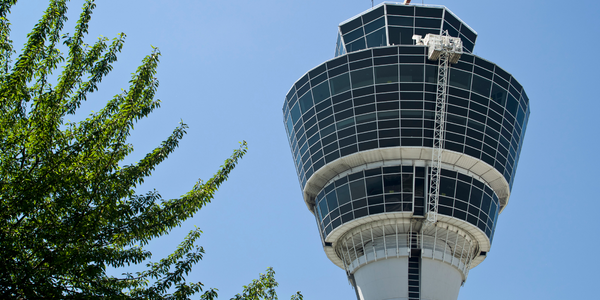
Case Study
Airport SCADA Systems Improve Service Levels
Modern airports are one of the busiest environments on Earth and rely on process automation equipment to ensure service operators achieve their KPIs. Increasingly airport SCADA systems are being used to control all aspects of the operation and associated facilities. This is because unplanned system downtime can cost dearly, both in terms of reduced revenues and the associated loss of customer satisfaction due to inevitable travel inconvenience and disruption.
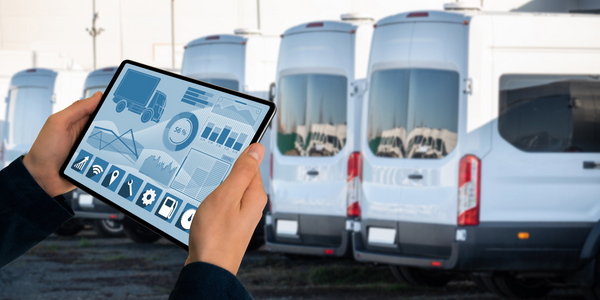
Case Study
IoT-based Fleet Intelligence Innovation
Speed to market is precious for DRVR, a rapidly growing start-up company. With a business model dependent on reliable mobile data, managers were spending their lives trying to negotiate data roaming deals with mobile network operators in different countries. And, even then, service quality was a constant concern.
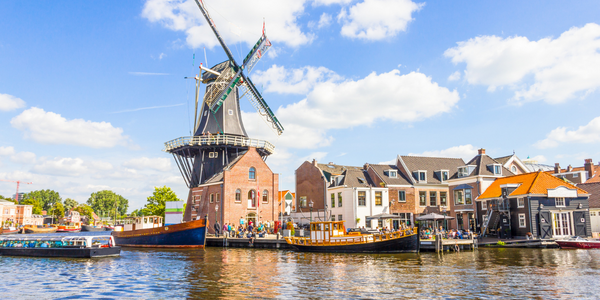
Case Study
Buoy Status Monitoring with LoRa
The Netherlands are well-known for their inland waterways, canals, sluices and of course port activities. The Dutch Ministry of Infrastructure indicates that there are thousands of buoys and fixed items in and near water environments that would profit from IoT monitoring. One of the problems with buoys for example, is that they get hit by ships and the anchor cable breaks. Without connectivity, it takes quite some time to find out that something has happened with that buoy. Not to mention the costs of renting a boat to go to the buoy to fix it. Another important issue, is that there is no real-time monitoring of the buoys at this moment. Only by physically visiting the object on the water, one gains insight in its status.



